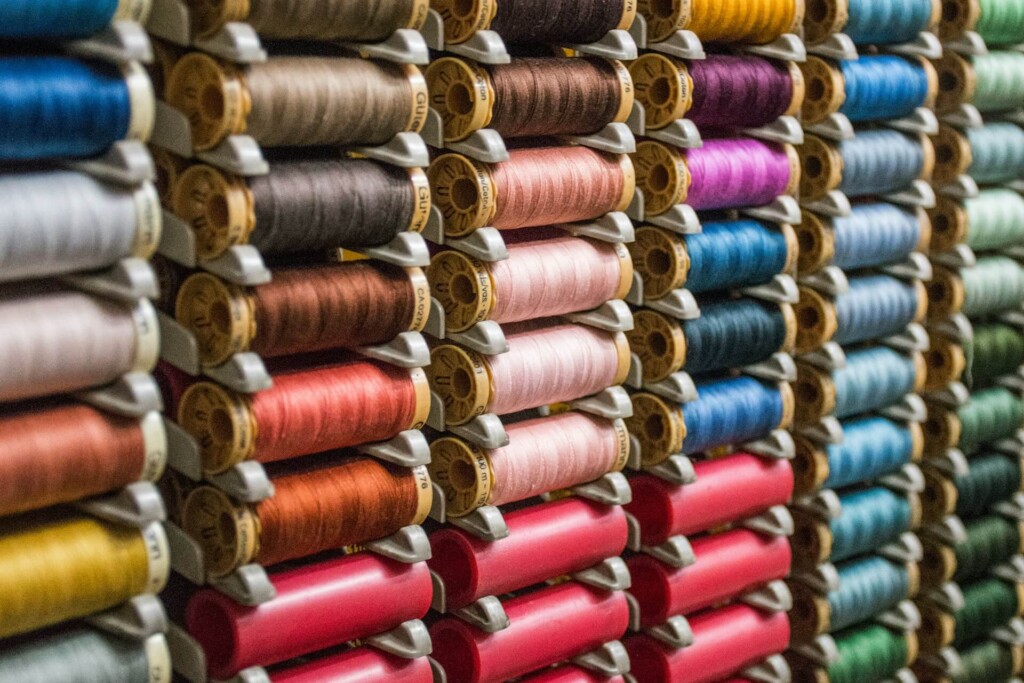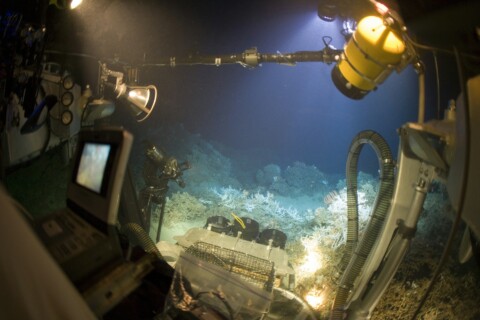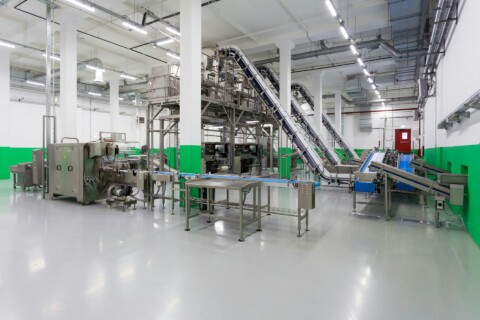In the world of Eco-Friendly Fashion the tide is turning. The once-relentless waves of fast Eco-Friendly Fashion are being met with a growing movement toward sustainability. Eco-friendly fashion isn’t just a trend; it’s a revolution—a call to action for all of us to consider the environmental impact of our wardrobe choices.
For eco-conscious consumers, sustainable fashion enthusiasts, and ethical shoppers, building a sustainable wardrobe is not just about making a statement; it’s about making a difference.
Understanding Eco-Friendly Fashion
Eco-friendly fashion, also known as sustainable fashion, is an approach to designing, producing, and consuming clothes that maximize benefits to the industry and society at large, while minimizing impact on the environment.
It encompasses everything from the sourcing of Eco-Friendly Fashion materials to the implementation of fair labor practices.
The Fabric of Change
The choice of fabric plays a pivotal role in sustainable Eco-Friendly Fashion. Materials like organic cotton, bamboo, lyocell, and recycled polyester not only require fewer resources to produce but are also more biodegradable than their conventional counterparts. By opting for garments made from these materials, we can significantly reduce our ecological footprint.
The Ethical Thread
Sustainable Eco-Friendly Fashion is also about ethical considerations—ensuring fair wages, safe working conditions, and respect for the rights of workers. Supporting brands that adhere to ethical practices ensures that our Eco-Friendly Fashionchoices contribute to positive social impact.
Building a Sustainable Wardrobe
Creating an Eco-Friendly Fashion wardrobe doesn’t mean starting from scratch. It’s about making more conscious choices and adopting sustainable shopping habits. Here’s how you can begin:
1. Audit Your Current Wardrobe
Start by assessing what you already own. Identify items that are versatile and long-lasting, and consider how you can give new life to less frequently worn pieces. This audit will help you make informed decisions about what you truly need.
2. Shop Mindfully
Before making a purchase, ask yourself if it’s something you really need or if it’s just a fleeting trend. Opt for quality over quantity and look for timeless pieces that offer versatility and durability.
3. Support Sustainable Brands
Seek out brands committed to Eco-Friendly Fashion practices and ethical standards. By supporting these businesses, you contribute to a more sustainable Eco-Friendly Fashion ecosystem.
4. Consider Second-Hand and Vintage
Shopping second-hand or vintage is not only Eco-Friendly Fashion but also allows you to discover unique pieces that add character to your wardrobe. It’s a sustainable way to diversify your style without contributing to the demand for new production.
5. Care for Your Clothes
Caring for your clothes properly can extend their lifespan significantly. Follow care instructions, repair instead of replace, and consider Eco-Friendly Fashion laundry alternatives to reduce water and energy consumption.
The Ripple Effect
Building a sustainable wardrobe is a powerful way to reduce your environmental impact, one outfit at a time. It’s about making choices that align with your values and inspire others to consider the sustainability of their Eco-Friendly Fashion habits.
The ripple effect of individual actions can lead to collective change, driving the Eco-Friendly Fashion industry toward a more sustainable future.
In Conclusion
The movement towards eco-friendly fashion is gaining momentum, but it needs the participation of each one of us to truly make a difference.
By building a sustainable wardrobe, we not only protect the planet but also support fair and ethical practices in the fashion industry. It’s a step towards a future where Eco-Friendly Fashion and sustainability go hand in hand.
Remember, change starts with us. Each sustainable choice we make contributes to a larger wave of impact. Together, we can transform the fabric of Eco-Friendly Fashion into one that reflects our commitment to the planet and its people.






